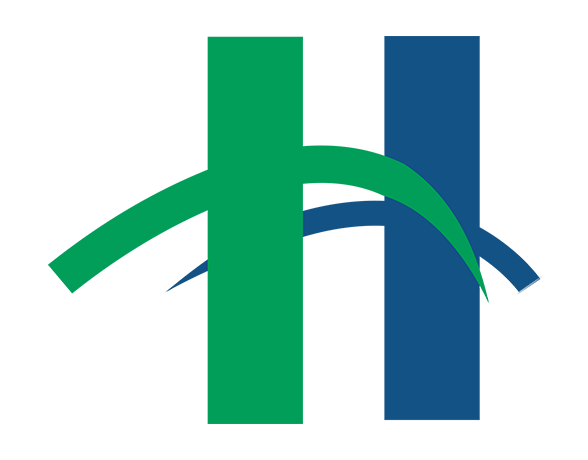There has been much reporting about eating organic, buying locally grown food at farmers’ markets, and not eating food treated with pesticides or GMOs. Many parents try to adhere to a proper diet feeding their family what they hope is good, delicious healthy food.
But, how many of us stop to think about how our food gets to us and where it comes from? Since the United States now imports twice as much food as it did 10 years ago, it seems smart to question and understand where that food is coming from and whether it is as safe as we expect. Enter Kelsey Timmerman and his book Where Am I Eating: An Adventure Through the Global Food Economy to stir the pot and make one ponder what we actually know about our food supply.
Timmerman travelled the world targeting certain foods that are imported to the United States. His reporting is clear and crisp as he navigates the bureaucracy of the world food supply in various locations. Here are some of his discoveries:
50% of the cocoa beans imported in the U.S. come from the Ivory Coast where child slavery, human trafficking and archaic indentured employee practices run rampant.
Dole Corporation controls the banana plantations in Central America but has received many complaints about its human rights’ violations. Their workers make a poverty level wage for back breaking work yielding dangerous machetes and being subjected to chemical pesticides.
Apples are as American as apple pie but who knew that much of the apple concentrate used by some of the larger juice companies actually comes from apples grown in China? No matter what the FDA tells us, common sense might lead people to think that it’s better to buy produce grown closer to home under conditions that are actually regulated.
Those ‘Maine’ lobsters you eat at the chain restaurants more than likely come from Nicaragua where generations of deep sea divers have speared lobsters in the nearby seas. As large corporations have taken over the task, workers’ rights have taken a back seat to productivity. Many of the divers enter the water without masks or oxygen tanks risking their health and lives daily. Getting the ‘bends’ is a common problem but getting treated quickly is another story.
Starbucks has a long time relationship with the Colombia coffee bean industry. The company began a Fair Trade group in Colombia and touts it in its advertising. However, most of the farmers the author talked to had never heard of the campaign and its certification program or Starbucks and had no idea the beans they produced were sold by Starbucks for over $10 a pound while the farmers received just 93 cents for the same amount of coffee beans.
This is an eye opening account of the labor conditions and safety of some of the world’s food supply. Perhaps, some people who read this book will come to the conclusion that paying more for local and organic products is a small price to pay if it helps bring an end to some of the deplorable conditions in the world food market. Thank you to Mr. Timmerman for bringing this subject up.


